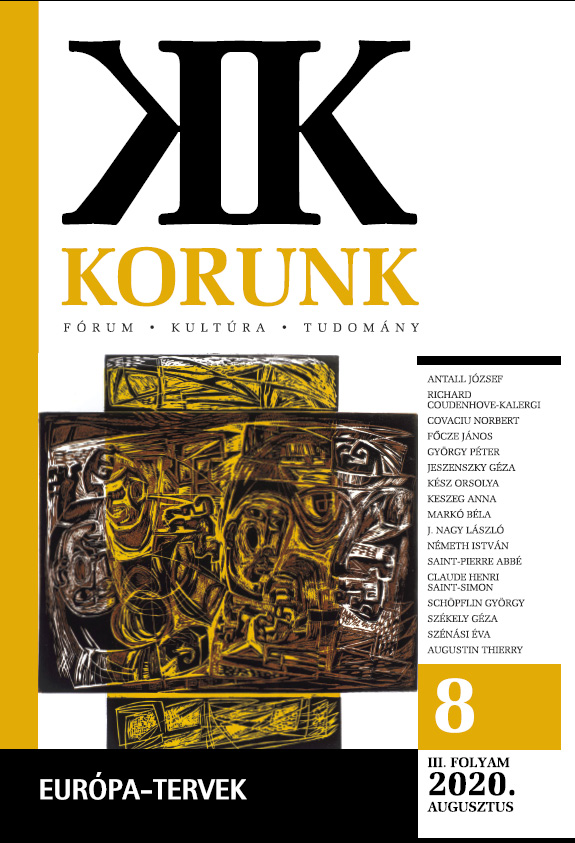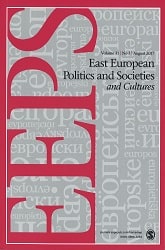Author(s): Anamaria Loredana Ianosi / Language(s): English
Issue: LIX, 2/2020
”Sine quo dubium”, over time, Romania, a member state of the EU since January 1st, 2007, has developed strong connections in the field of international relations with Poland, a member state of the EU since May 1st , 2004, but especially with Italy, a member state of the EU since January 1st, 1958, the official Romanian-Italian bilateral relations dating, according to the historical documents, from the second half of the XIX ͭ ͪ century, from that decades in which Romania struggled to acquire its national unity. The Romanian-Italian bilateral relations were sealed in 1873, with the creation of the first Romanian diplomatic agency in Rome, which later became the diplomatic representation of Romania in the Kingdom of Italy, in 1879. Also in 1879, Italy recognized Romania's independence. Since then, Romanian-Italian relations have continued to develop at political and economic level. The Romanian-Polish bilateral relations were established, at the level of provisional representation, in 1919 and in 1938, the diplomatic missions were raised at the level of embassy. In 2013, Romanian-Polish relations became very close, Poland offering unlimited support to Romania on its regionalization project, which unfortunately failed. At the moment, Europe is facing a new paradigm, that of "Europe of Regions", which comes to strengthen the role and importance of the regions and the regional level in the supranational architecture of the EU. In the context in which Italy and Poland are recognized in the EU as two states with strong and efficient regional systems that have played an important role in turning them into "spearheads of the European funds absorption" on the multi-annual financial exercise 2007-2013, the present study aims to make a comparative analysis of the regionalization systems of Italy and Poland and extract examples of good practices that can be applied in the case of Romania in order to create the framework of the Romanian regionalization plan that could lead to a better efficiency of European funds absorption, and also to the alignment of Romania at the European standards and to the new paradigms of the EU.
More...














